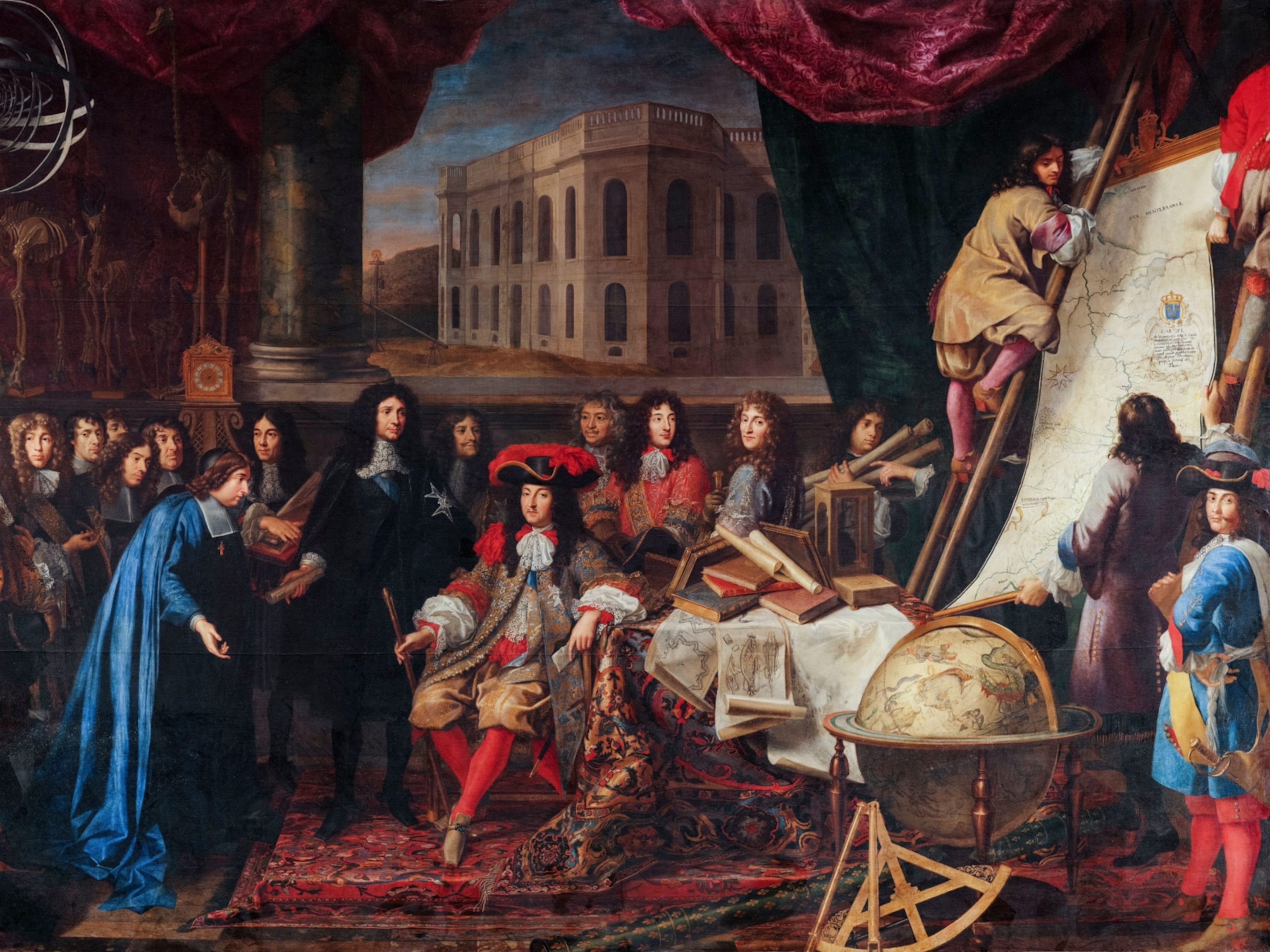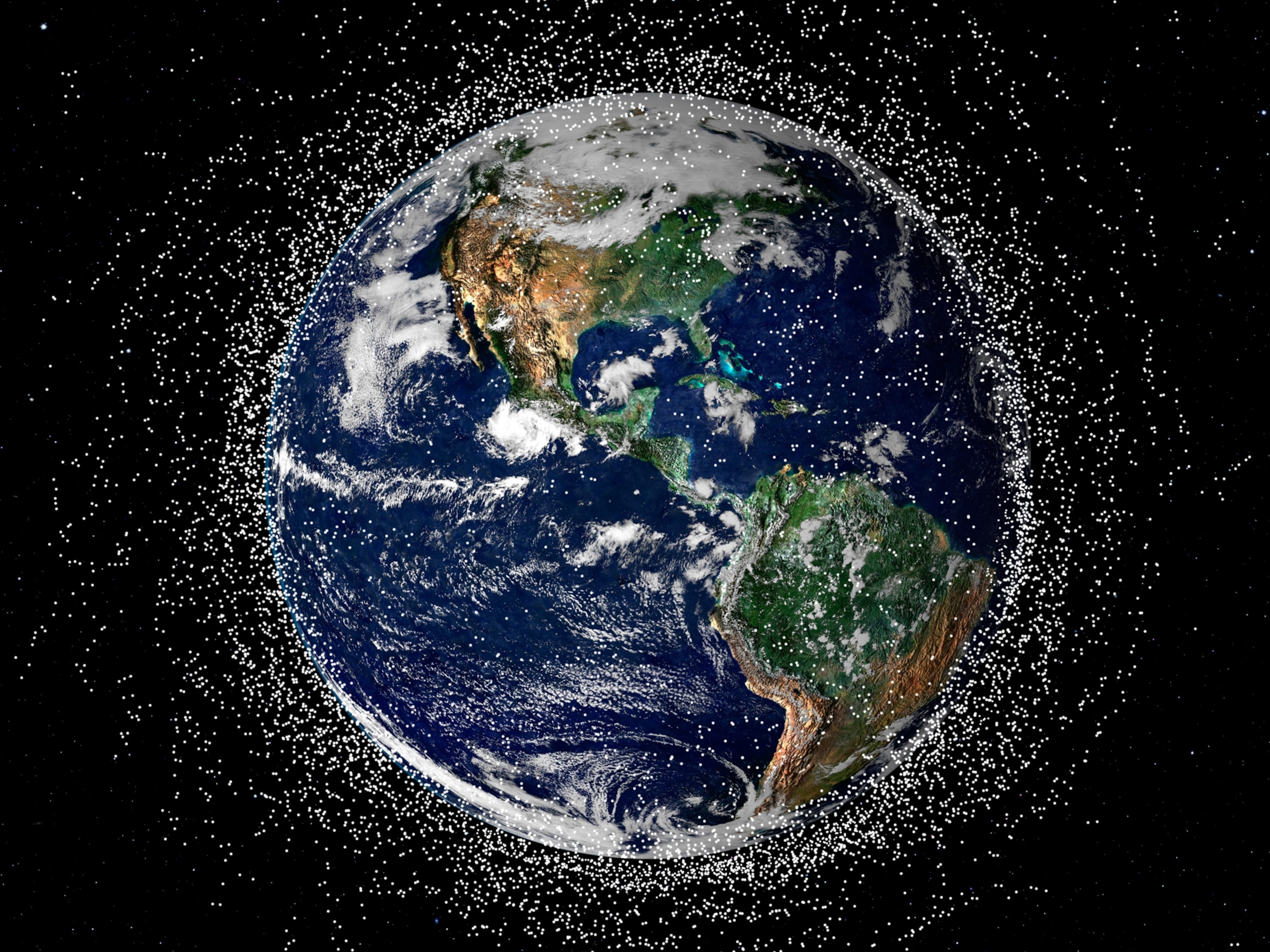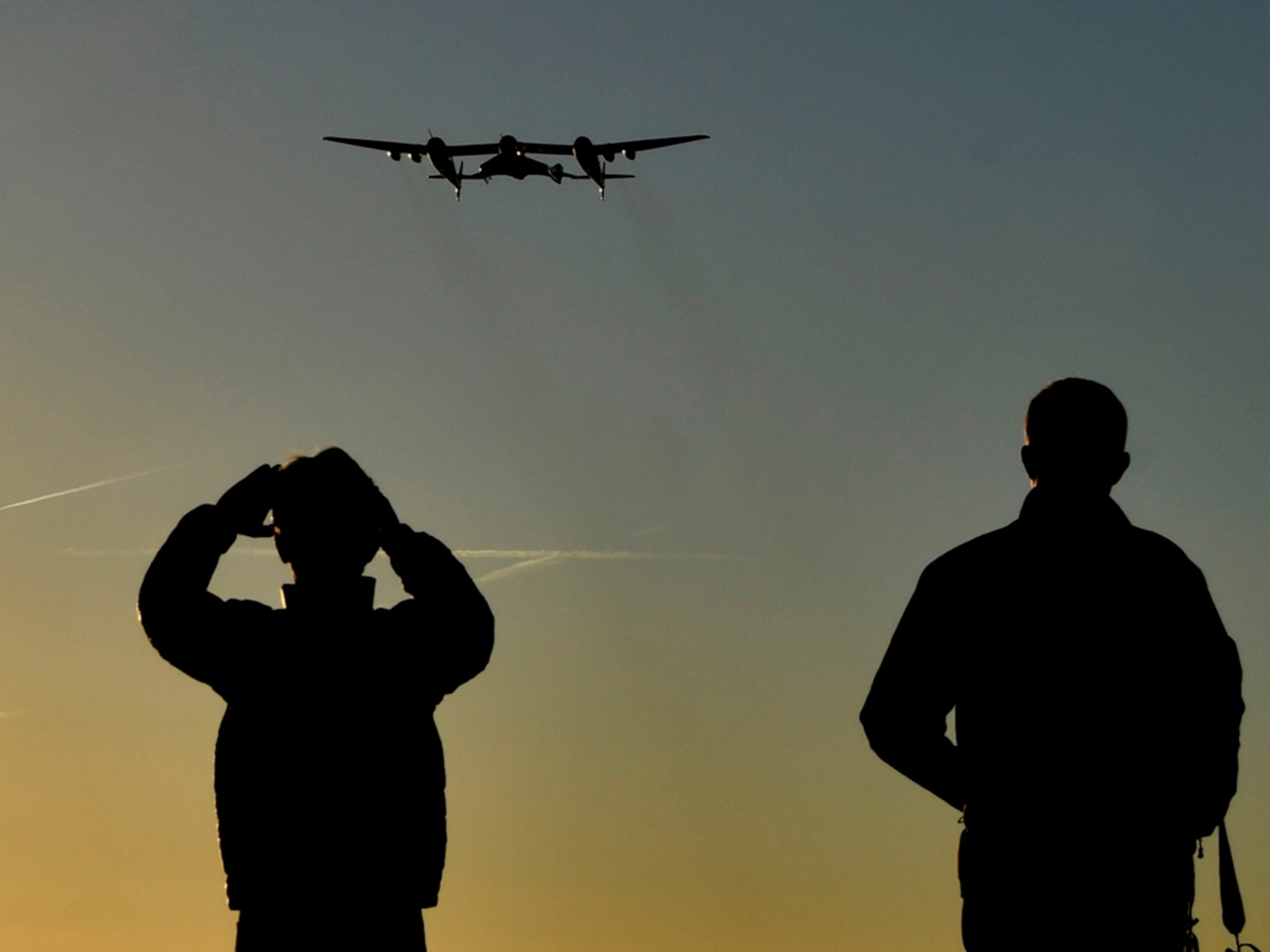
Instants: Out of this World
In our new series “Instants,” the Proof staff brings you a snapshot of recent dispatches from the @natgeo Instagram feed. Follow us to experience more from National Geographic on Instagram.
Photographer Vincent J. Musi is a good sport. While on the surface his career seems flawless and glamorous, Musi will be the first one to tell you about his flubs and missteps. It’s his incredible sense of humor that makes him a good emcee for photography talks like the LOOK3 festival and our very own photography seminar in January. Not only is Musi funny, he’s also sharp, talented, and caring. He showcased these traits on his beautiful (and drawn out!) story on the Ace Basin in South Carolina. He has lent his keen insight to stories on exotic pets and the workings of the animal brain.
When it comes to Instagram, Musi tries to work in series as opposed to single images. Recently he was taking a look back at the space shuttle program, which he has photographed since its infancy, over 30 years ago. After wrapping up that mini-series, he then moved onto something similarly historical: “Currently I’m exploring some old issues of Popular Photography magazine from the 1950’s that deal with the adoption of color photography,” he says. “I’m a pack-rat and have bins full of this stuff, ephemera, and experiences and I’m laying it out there in a very autobiographical way using Instagram.”
Musi has also been using Instagram to help burgeoning photographers understand the twists and turns that can occur in a career. He says, “I get a lot of emails and notes from young photographers who want to know how to become a photographer for National Geographic. The truth is, I haven’t a clue, so I have an occasional series called “How Not to Become a National Geographic Photographer,” #NOTGEO. Basically you can’t learn from your mistakes if you don’t make any, so I post failures and mistakes from my life as a photographer.”
Diorama, Kennedy Space Center. On December 13, 1972 Eugene Cernan and Harrison Schmitt were the last astronauts to walk on the moon during Apollo 17, the final lunar landing. Only 12 people have walked on the moon. How many will walk on Mars?
Launch Complex 34, Cape Canaveral Air Force Station. Aboard Apollo 1 for a test, Gus Grissom, Ed White and Roger Chaffee died from a fire inside their command module on January 27, 1967. Less than three years later NASA would land on the moon in Apollo 11.
A 1950’s Burrough’s Guidance Computer, U.S. Air Force Space & Missile Museum, Cape Canaveral. Inside the blockhouse at Launch Complex 26 where engineers launched everything from satellites to monkeys into space.
Press Credential, Kennedy Space Center, November 8, 1982. 32 years ago I photographed one of the first launches of the Space Shuttle at the Kennedy Space Center. Last week I went back there and retraced a few of my steps. Today this pass would be watermarked, laminated and probably include holograms, fingerprints and a photograph. I remember it being typed out on a sticker and stapled together so that the pass wouldn’t fall out of the plastic holder. I was 20 years-old and and working as an intern at The Palm Beach Post. The shuttle program is history, after 135 missions, but NASA is scheduled to begin the next program with the launch of Orion on Thursday. This is the next step on the journey to Mars.
Atlantis model, Kennedy Space Center gift shop
Title Page, 1957 Popular Photography Color Annual. In 1955, Popular Photography magazine published “the first issue of the world’s first annual devoted to color photography.” This was 20 years after the birth of Kodachrome.The annuals promised exciting pictures, revealing trends and a “special section on improving your color pictures.”
Advertisement for Kodak Film, 1957 Popular Photography Color Annual, photographer unknown
Space Shuttle Columbia, Kennedy Space Center, November 1982. Part 2 of 2 in this installment of my occasional series: How Not to Become a National Geographic Photographer, #NOTGEO, or You Can’t Learn From Your Mistakes if You Don’t Make Any. 32 years ago as a newspaper intern, I covered one of the first launches of the Space Shuttle at the Kennedy Space Center. Last week I went back there with my son for his school project and retraced a few of my steps.The 20 year-old version of me thought he knew better and decided to “frame” his remote camera horizontally. There was a huge list of variables like sound-triggered remotes, light, exposure, batteries, weather, launch time, film and more. The only thing you really knew for sure was the direction the shuttle was pointing, up. This is what happens when you don’t anticipate that part.
Remote Site, Kennedy Space Center, November 1982. Part 1 of 2 in this installment of How Not to Become a National Geographic Photographer. This is the 20 year-old version of me from my internship at The Palm Beach Post. We were scouting locations to place remote cameras that would hopefully be triggered by the explosive sound of the space shuttle’s main engine firing.
You May Also Like
Go Further
Animals
- How scientists are piecing together a sperm whale ‘alphabet’How scientists are piecing together a sperm whale ‘alphabet’
- Orangutan seen using plants to heal wound for first timeOrangutan seen using plants to heal wound for first time
- What La Palma's 'lava tubes' tell us about life on other planetsWhat La Palma's 'lava tubes' tell us about life on other planets
- This fungus turns cicadas into zombies who procreate—then dieThis fungus turns cicadas into zombies who procreate—then die
Environment
- This floating flower is beautiful—but it's wreaking havoc on NigeriaThis floating flower is beautiful—but it's wreaking havoc on Nigeria
- What the Aral Sea might teach us about life after disasterWhat the Aral Sea might teach us about life after disaster
- What La Palma's 'lava tubes' tell us about life on other planetsWhat La Palma's 'lava tubes' tell us about life on other planets
- How fungi form ‘fairy rings’ and inspire superstitionsHow fungi form ‘fairy rings’ and inspire superstitions
- Your favorite foods may not taste the same in the future. Here's why.Your favorite foods may not taste the same in the future. Here's why.
- Are the Great Lakes the key to solving America’s emissions conundrum?Are the Great Lakes the key to solving America’s emissions conundrum?
History & Culture
- These were the real rules of courtship in the ‘Bridgerton’ eraThese were the real rules of courtship in the ‘Bridgerton’ era
- A short history of the Met Gala and its iconic looksA short history of the Met Gala and its iconic looks
- Meet the ruthless king who unified the Kingdom of Hawai'iMeet the ruthless king who unified the Kingdom of Hawai'i
- Hawaii's Lei Day is about so much more than flowersHawaii's Lei Day is about so much more than flowers
Science
- Why ovaries are so crucial to women’s health and longevityWhy ovaries are so crucial to women’s health and longevity
- Orangutan seen using plants to heal wound for first timeOrangutan seen using plants to heal wound for first time
Travel
- Why this unlikely UK destination should be on your radarWhy this unlikely UK destination should be on your radar







